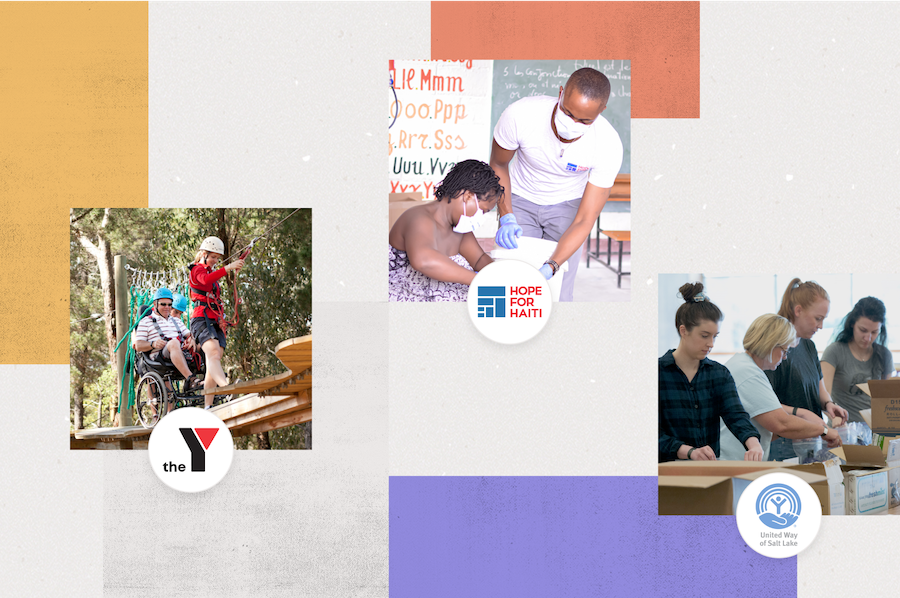How is Asana’s beta going?
We’re very happy with how it’s going, and it’s hugely gratifying to see real customers running their businesses off of it. Our first beta customer has been on Asana since June, and since then we’ve rolled the beta out to several more organizations. The beta program has been successful both in validating some of our product hypotheses and, at least as importantly, providing input about how to allocate our time as we aggressively iterate. [1]
Here’s a sample of things we’ve been learning and observing:
- While getting there sometimes requires a learning curve, once users fully adopt Asana, they really love it, use it every day, devote a stable browser tab to it alongside their email and calendars, and are very disgruntled if it goes down even briefly. We’ve taken this as strong validation for the product’s vision and early direction.
- We also see consistent validation that speed is key. One customer initially declined to adopt Asana because it lacked certain features of their existing heavy-duty bug/project tracking system. But after a few weeks, they told us that they had in fact adopted Asana, citing that it’s “just too damn fast.” On the flip side, one semi-frequent interaction in the product is currently particularly slow, and the friction that creates is among our top 3 customer complaints.
- We often give demo accounts to decision makers inside potential customers a couple days prior to our pitch meeting so they can play with the product ahead of time. Customers consistently report that the in-person demo — which covers not only nuances like keyboard shortcuts but also recommended workflows and conventions that leverage Asana’s various novel features — significantly changes their understanding of the product and how to apply it in their organizations.We’re not too surprised by this, since Asana’s data and interaction models are very different from those of existing software, and we’ve been very focused on serving power users to validate our core hypothesis that people who come to live in Asana become much more productive. Now that we’re expanding the beta, we’re experimenting with ways to integrate customer education (about both functionality and best practices) into the new-user experience.
- Until recently we hadn’t given much attention to surface-level visual design (color, ‘skin’, etc.), so the product isn’t that pretty aesthetically. Users have been loud and clear that they don’t want to live in a space that is hard on the eyes, so we’ve been increasing the priority of making Asana beautiful.
- People who use the product at work frequently email us about setting up workspaces for their personal projects, or to coordinate tasks with their S.O.s and families. Once people use Asana in one context, it seems to shift the way they want to organize information in other areas of their lives.
- Our beachhead use case is project/task management, but even in advance of functionality specific to other kinds of information, the flexibility of Asana’s data model (and speed of the interface) draws you into expanding your notion of “task.” So it’s been interesting to see all the ways customers are using Asana for organizing information beyond just to-dos.For example, some companies use Asana for managing their recruiting pipelines. Our own recruiter, Theresa, pointed out that she prefers Asana over all the high-end applicant tracking systems currently on the market that she’s used, despite Asana not having been designed for applicant tracking. We interpret examples like as incremental validation for our long-term vision of Asana as a flexible extensible platform for managing all kinds of structured data.
The beta’s still in its very early phases, but we’re learning from customers who haven’t yet made it over the adoption hump, and delighted by customers who say they can no longer imagine life without Asana. Every day is an opportunity to take the product one step further, to make our users happier and more effective in their lives — an exciting project for which we are, as always, looking for passionate collaborators.
[1] Our continuous deployment system enables us to improve the product daily, sometimes in direct response to customer feedback from earlier that day.

